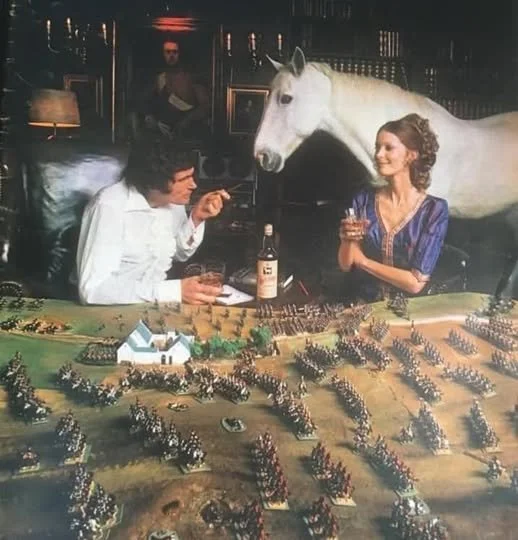Something for the Weekend? Try April 9th
/I was flicking through Netflix the other night, trying to find something that I hadn't seen already, and came across the film April 9th: a Danish movie about the German invasion of Denmark on April 9th 1940.
Here's a slightly edited version of the IMDB plot summary:
"In the early morning of April 9th 1940, the Danish army is put on full alert: the Germans have crossed the border and Denmark is now at war against Europe's strongest army. In Southern Jutland, Danish bicycle- and motorcycle troops are ordered to hold back the invaders until reinforcements can be mobilized. We follow Second Lieutenant Sand (played by Pilou Asbæk) and his bicycle company as they become the first Danish soldiers to meet the enemy in combat."
The film is rather good actually. It doesn't rush to get to the action, it doesn't judge the folly of sending men on bicycles (yes, really) to confront what others would call the blitzkrieg, and it doesn't contain Pearl Harbour-like unrealistic and fictional acts of heroism. It just portrays what happens to a platoon of bicycle troops who have to go to war, mad-looking helmets and all.
That said, the action sequences are superbly done. You can really feel the tension as the platoon waits in ambush for the German recon elements to arrive. You really get a sense that, actually, what they are doing is bloody dangerous.
The noise of the enemy bullets zipping past; the sight of LMG bullets plinking off the paintwork of an SdKfz 222 armoured car; what happens when you split your men up to cover both ends of a narrow street (a lot of running backwards and forwards to try and keep abreast of what's happening): it's all done really very well...and don't get me started on their changing-a-bicycle-tyre training drills.
Maybe not a film that's going to pack out movie theatres (not that it's on anymore: it's a 2015 film) and set the world on fire, but well worth watching, especially if you're into early war gaming













